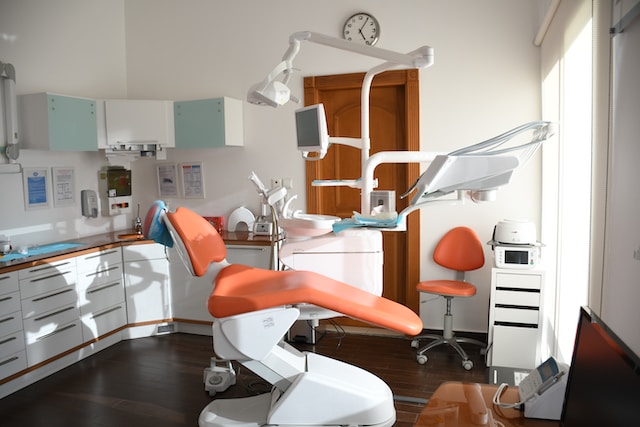
The Importance of Surgical Placement in Dental Implant Procedures
Dental implants provide a permanent solution to replace missing teeth. They also help maintain healthy bone structure and protect existing teeth. In a dental implant, an oral surgeon places artificial tooth roots into the jawbone to secure replacement teeth. The implant can even generate bone growth, a process called osseointegration, which strengthens the jawbone and helps alleviate bone loss.
Preparation
Surgical placement of dental implants Plainview NY are solid and durable replacement teeth. They are often recommended for people who miss one or more teeth due to injury or disease. Implant placement is a complicated procedure that requires extensive preparation before the surgery. This is important for both the health of your mouth and the success of the process. First, you’ll need to schedule a comprehensive exam. This will include X-rays and 3D scans to determine whether your teeth are healthy for dental implants. Next, a bone graft may be needed if the dentist finds that you don’t have sufficient bone to support the implant. This graft allows the dentist to build up the bone in your jaw and improves the quality and quantity of the bone in the area of the tooth socket where the implant will be placed. The graft is usually performed on the same day as your dental implant placement. You can expect it to take a few months for the graft to heal completely.
Surgical Procedure
Dental implants are an alternative to crowning or splinting teeth together, which may cause bone loss or increase the risk of infection and other complications. If you’re missing one or more of your natural teeth, the dentists at our practice will evaluate your tooth sockets and jawbone to determine if you’re a good candidate for dental implants. This includes determining if you have enough healthy jawbone to support the implant (more on that later) and whether you have gums free of periodontal disease. If you do not have adequate bone at the implant site, your dentist might suggest a bone distraction procedure to generate more new bone before placing the implant. It may take several months for the bone graft to grow enough new bone to support an implant.
Post-Surgical Care
After dental implant surgery, it is essential to maintain good oral hygiene to keep your implants healthy. This includes brushing your teeth except for your surgical sites and flossing your gums regularly. The dental professionals placing your implant will provide specific instructions on caring for your surgical site and the surrounding areas. They will also give you a list of foods that should be avoided during recovery. During this time, you will likely experience some swelling and discomfort. This is normal and should subside within a few days. Minor bleeding is expected and should be controlled with a moist gauze pad placed over the area of the implant. Bite firmly on the pillow and replace it every 30-45 minutes until the bleeding subsides. Avoid aggressive rinsing, chewing, or using straws for the first 48 hours, as this can disturb the blood clot and prolong the healing process. Smoking should also be avoided as it can interfere with healing and cause complications.
Healing
Surgical placement of dental implants is one of the most effective ways to restore missing teeth. Implants are tiny titanium posts that dentists place in your jawbone to replace missing teeth. Recovery after dental implant surgery is often easier than you might think. The healing process is similar to other oral surgeries, and most people can return to normal within two weeks. The first few days after a dental implant procedure are the most important. During this time, you should continue to follow your dental implant surgeon’s instructions for eating and cleaning. You should also avoid chewing hard or crunchy foods, which can irritate the surgical site. You are also recommended not to brush your new dental implant directly until a week after surgery. Proper hydration is also essential for the healing process. It can reduce pain and swelling and aid the body’s healing ability.


















